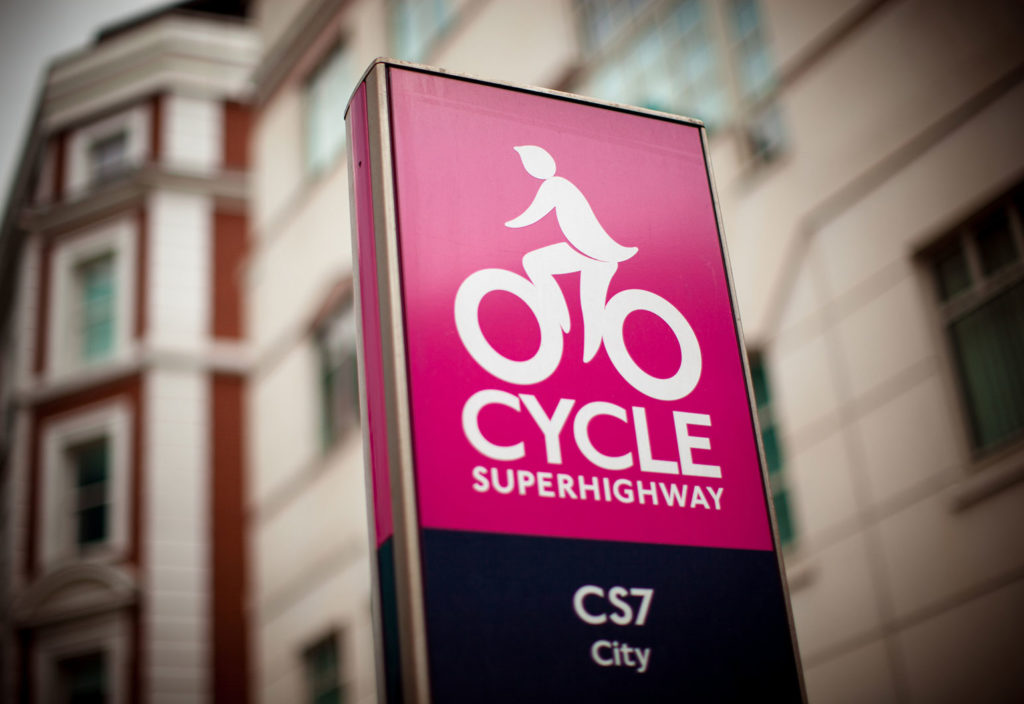Cities in Australia and overseas are building and planning cycling superhighways to encourage people to use pedal power to get around. But increasing the number of cycling commuters will require cultural change as well as infrastructure investment.
Cycling has many benefits, from improving fitness to saving money on petrol, and reducing traffic congestion and carbon emissions from cars. And these savings can be significant; a 20km return trip to work each day could save 1500 kg of greenhouse gas emissions per year, and maintaining and running a bike costs 10 times less than a car.
But in 2017, the National Cycling Participation Survey found that only 3.74 million Australians – 15 per cent of the population – cycle for transport or recreation in a typical week, while only 55 per cent of households owned at least one working bicycle.
One thing standing in the way of people getting on their bikes more often is a lack of confidence to ride among motorised transport such as cars and trucks, which often don’t leave much leeway when passing cyclists.
To address this issue, the Victorian State Government has been investigating options for dedicated cycling infrastructure on Melbourne roads for the past three years. In February, the RACV identified 10 priority corridors to establish a cycling superhighway.
“We know from previous research that 28 per cent of Victorians who don’t currently ride are open to cycling more, but many people are discouraged because they are intimidated by cars and trucks, lack confidence or don’t think riding is convenient,” said RACV Senior Planner Stuart Outhred.
The Queensland government is also investing in separate cycling infrastructure, with construction underway on the North Brisbane Bikeway, which connects the Brisbane CBD to Chermside. Overseas examples include Copenhagen’s bicycle ‘snake’ bridge, London’s cycle superhighways and Germany’s bicycle autobahn.
Out of the traffic
Strategic transport planner Rachel Smith told create that a cycling superhighway is basically a bike path that’s wide and safe enough for everyone – regardless of age, gender, ability or cycling skills – to be able to cycle wherever and whenever they want.
“If you think of a highway, you can drive your car regardless of whether you’ve just passed your driving test or you’re 88 – and everyone in-between,” she added.
Smith coined the term cycling superhighway almost a decade ago, after conducting research into why women are less willing to cycle than men. This difference is significant; in 2017, just over 20 per cent of male respondents to the National Cycling Participation Survey had cycled in the past week, compared to around 10 per cent of female respondents.
She found that the biggest barrier was a need for complete physical separation from parked and moving cars. With the help of a scholarship from the Australian Institute of Traffic Planning and Management (AIPTM), Smith visited 21 famous cycling cities around the world to learn what infrastructure solutions were in place.
Smith’s vision for a cycling superhighway was seven metres wide, including median strips to separate the cyclists from cars and pedestrians. It would have several lanes that people could choose depending on their confidence and ability, which Smith compared to the fast and slow lanes in a swimming pool or on a highway for cars.
Smith added that this form of cycle infrastructure wasn’t for every area, but would be suited to busy city streets and accessways to major railway stations. Like highways for motor vehicles, Smith said cycle infrastructure could have a range of less-dedicated feeder routes to suit the available space on narrower and quieter roads.
Cultural shift
Smith believes that while there is always room for improvement, Australian cities such as Melbourne and Brisbane already have world-class cycling infrastructure. The main barriers to increased uptake of cycling are cultural – it’s very convenient to jump in a car, and we need to help people build new habits.
For example, social and recreational cycling can help people to build up to a regular routine of cycling to work.
“You need the big bold vision, but you also need to be able to take people on the journey,” Smith said.
Smith emphasised that listening to and addressing the concerns preventing people from adopting new behaviour was key to affecting change. She said this applied not only to cycling, but new technologies such as autonomous cars. To do this effectively, she said engineers and urban planners needed to understand that potential users of infrastructure and technology might not share their background knowledge of how things work.
“If you’re a cycling planner or an engineer and you know … you cannot assume that everyone else does,” Smith said.
